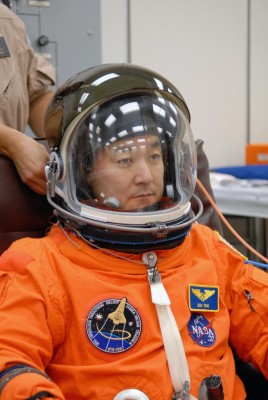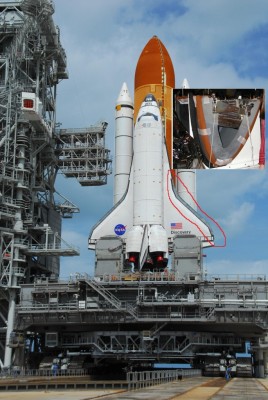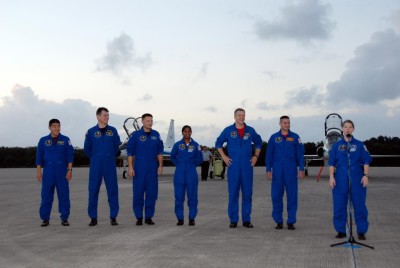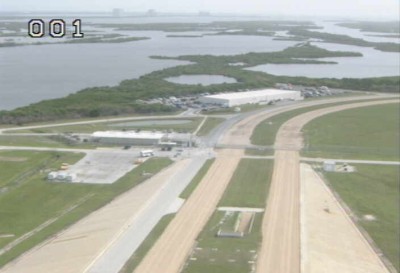The problem with Discovery’s wing leading edge is now being reported by mainstream media (the issue was first reported by nasaspaceflight.com). So it is definitely no rumor any longer and it also has been confirmed by NASA.
The good new, though, is that this issue is unlikely to actually defer the launch. According to Yahoo News, space shuttle program manager Wayne Hale said that space shuttle Discovery’s launch later this month should not be delayed to replace three possibly defective heat shields. He “will recommend to his NASA bosses that Discovery go ahead with its planned October 23 liftoff”.
This statement was made on Wednsday after a program level flight readiness review (FRR). However, Hale has ordered to gather more data on the wing leading edge problem. A final decision is expected after next weeks agency level flight readiness review.
The reason a go ahead seems likely is that only one body inside NASA (the NESC) has recommended replacement. Other teams have already assessed the issue and found the risk to be acceptable. Discovery has been in orbit twice with the heat shield in its current state and there were no indications that the problem has worsened during the flight. Thus, the majority of NASA teams do not anticipate any real problem over here.
The current situations resembles somewhat the tile issue that came up during STS-118 earlier this year. There, a problem with the tiles was detected and one NASA group voted to fix this in orbit. All other groups concluded that it would be safe to fly as is. After some controversy, no fix was applied and the reentry was perfectly well, just as expected.
It is important to note that NASA groups should voice even the slightest concern. It is then the responsibility of the team as whole to decide whether or not the issue is a real show stopper. As it right now looks, the wing leading edge problem seems unlikely to be one. In any case, I trust NASA management to do the right thing.
With that said, I hope for an October, 23rd launch and a great and problem-free mission.
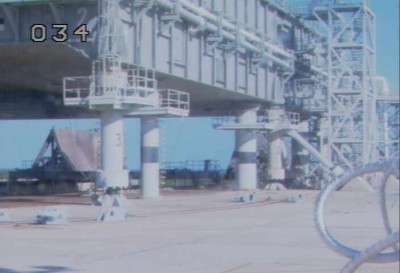 The APU hotfire test seems to be carried out right now. The rotating service structure (RSS) has just moved to parking position. The hotfire test was originally scheduled for immediately after space shuttle Discovery’s rollout to the pad, but had to be postponed due to bad weather at Kennedy Space Center. It was re-scheduled post FRR, which is today.
The APU hotfire test seems to be carried out right now. The rotating service structure (RSS) has just moved to parking position. The hotfire test was originally scheduled for immediately after space shuttle Discovery’s rollout to the pad, but had to be postponed due to bad weather at Kennedy Space Center. It was re-scheduled post FRR, which is today.
